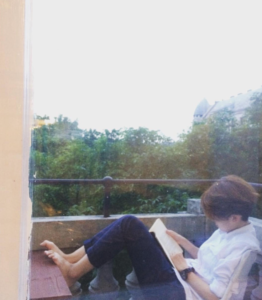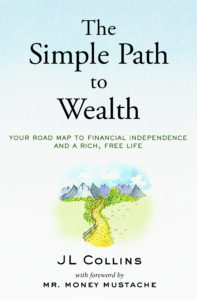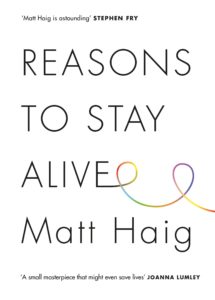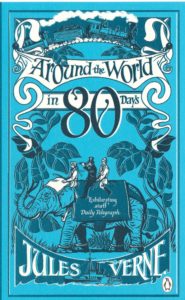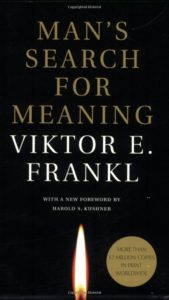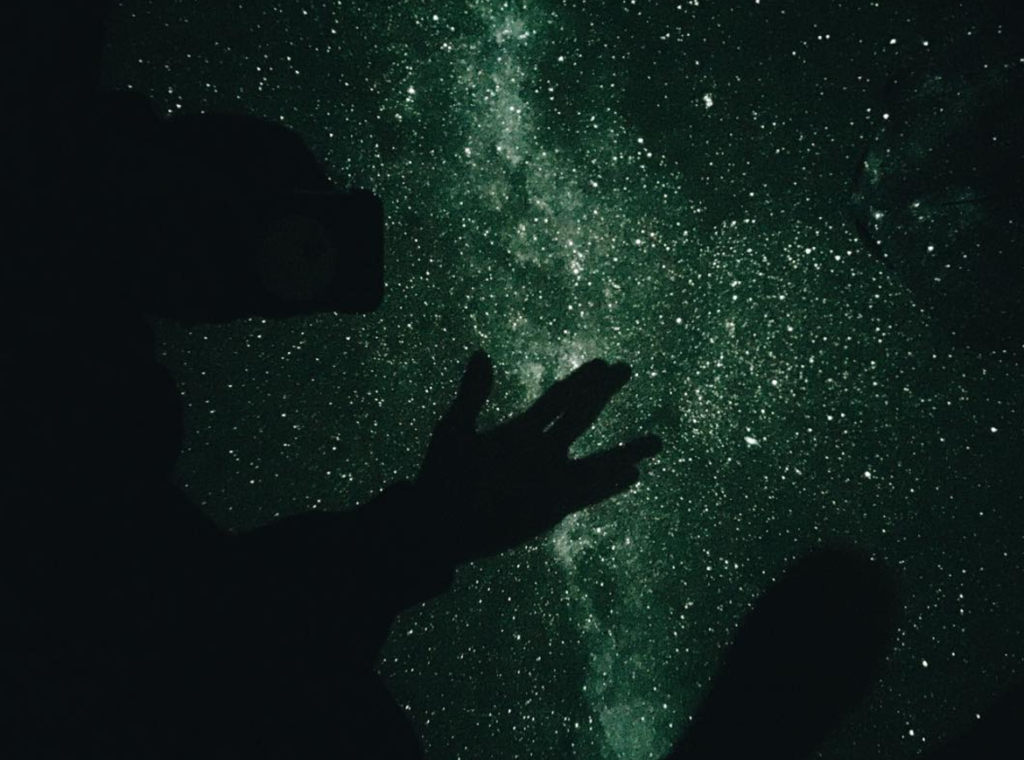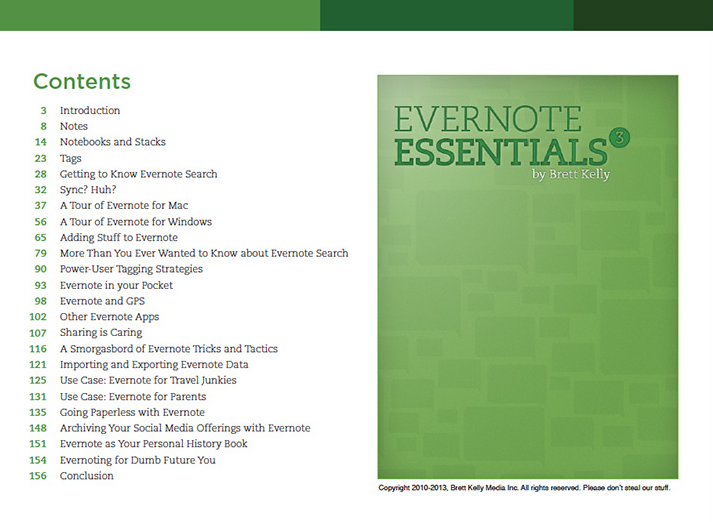I recently spent 4 days at a mindfulness retreat, waking up at 5am every day to meditate, eat in silence and walk mindfully.
I had no idea what to expect from such a retreat, but now that I have come out the other end, it’s safe to say that it’s one of the most inspiring and moving experiences I have ever had.
We human beings suffer. A lot. We also find it extremely hard to be happy and contented.
Mindfulness is the art of being fully present and awake to each ongoing moment. By being fully present, you will be able to taste the joy and sweetness of each moment in life. It is, when practiced, a powerful way to end individual suffering, and can lead to an enduring, deeply rooted happiness.
Sounds miraculous? I thought so too.
One day, sitting by the sea and eating dinner with the monk attached to our group, I asked, “Brother (the monks and nuns leading the retreat are all addressed as brothers and sisters), are you allowed to read books about subjects other than Buddhism? If so, what do you like to read?”
The monk smiled at me and replied, “Yes, we are allowed to read everything and anything after we become a more senior monk. I like to read about science, especially physics, and psychology. I also keep updated on the news. Do you know? Science is also now very interested in the positive effects of mindfulness.”
For me, that was a clear sign of what I already know to be true, which is that Buddhism is not simply a religion but a spiritual path tempered by inquiry, rationality, experimentation, intellectual openness, scientific soundness and psychological insight. Talking to the monk, I came to an understanding that he is on this spiritual path because it can be and has been demonstrated by science to be an effective way for human beings to truly understand their own minds and achieve true happiness.
As you already know, I don’t think it is possible (or desirable) to be a successful creative or entrepreneur without also being a happy human being. It is my personal belief that it’s healthier to create from a joyful place. The practice of mindfulness, I believe, will allow us to do better work and to do work that is better for the world.
Here are some of the practices I did during the retreat that gave me a glimpse into the powerful results of mindfulness. In those short few days, these practices had brought much joy and happiness to me. I hope to continue to practice in daily life (that, of course, is the hard part, but I am going to try). Over time, I believe the practice of mindfulness will transform my life.
1. Waking up at 5am every day
During the retreat, activities typically ended around 8 or 9pm. Lights out was at 10pm. I don’t usually sleep early, so this was a challenge for me. But I did manage to fall asleep around 11 or 12am every day, and thankfully, I also managed to wake up at 5am every day.
I thought I would hate it, but this turned out to be one of my favorite practices. The first thing we did after washing up was to sit in the meditation hall in silence. By 5.30am, about a hundred people would be there, sitting silently in a hall, surrendering themselves to the present moment.
It was wonderful and kind of awe-inspiring.
How to practice this in daily life: Waking up early is something I have tried and failed to do repeatedly. I want to wake up early because I genuinely enjoy early mornings – the cool silence, the world only slightly rousing, most people still deep in sleep, with hours of quiet moments still ahead of me. But it has been difficult to achieve for me.
The retreat has, thankfully, slightly reset my inner clock, and I hope to continue to wake up at 5am every day, and to spend those early morning hours in quiet contemplation or in sitting or walking meditation (see below), so that I can start the rest of the day with a clear and peaceful mind.
2. Walking meditation
Walking meditation was fun, but only if you don’t mind weird looks by people who pass you by in the park. When doing walking meditation, you are to walk slowly in accordance to your breath (you might look a little like a zombie, or a zombie who walks really slowly, so to prevent looking like an unfriendly zombie, remember to smile a little while walking so that you look like a friendly zombie).
We were guided to take about 2 steps for every in breath, and 3 steps for every out breath. But it’s up to you, really. While walking, simply be aware that you are breathing in and breathing out. When thoughts inevitably arise, let them. View them with no judgement. Soon the thoughts will fade away on their own accord. But even if they don’t, it’s ok. Just be with them gently.
You may also look at your surroundings and marvel at the miraculous nature of the leaves, the trees, the sky, the clouds, and realize that you are here, now.
There is nowhere you need to go and nothing you need to do to be happy in the here and now.
How to practice this in daily life: You may do walking meditation after breakfast, which is what we did during the retreat. Since you are going to be walking quite slowly, the walk might take about 45 minutes to an hour. It might sound long, but the after effects include glowing in happiness and having a rather peaceful mind. I personally think it’s worth it.
3. Eating meditation
I have never cried in joy at eating a bowl of vegan food before until I attended this camp (true story), but yes, it happened. During one of the meals, one of the monks picked up his guitar and suddenly started singing a song about how the food is a gift of the earth, the sky, numerous living beings, and much hard and loving work.
It was achingly beautiful. I looked at my bowl of rice and vegetables and tofu and my eyes filled with tears.
Even though we ate our meals together in the hall, every meal was eaten in total silence. We were also encouraged to chew 30 times for each mouthful. Again, about a hundred people eating slowly in total silence and enjoying their very humble bowl of rice and vegetables – it was awe-inspiring (I’m going to use this phrase too many times in this article).
Before each meal began, one of the monks would read The Five Contemplations, reminding us to eat with gratitude, to recognize the food as a gift of the earth, to recognize our greed and to eat in moderation, and to keep our compassion alive by eating in a way that reduces the suffering of living beings, stops contributing to climate change, and heals and preserves our precious planet. You may see the full Five Contemplations here.
Eating with these reminders in mind, the food becomes transformed into something magical.
How to practice this in daily life: In my daily life, I usually eat my meals while I read or watch a video. Sometimes it’s because I want to optimize my time, and sometimes it’s because it’s just a habit – I have been eating and multi-tasking all my life. After coming back from the retreat, I have decided to eat my meals mindfully. I chew each mouthful slowly and when I eat, I don’t do anything else. No reading, no videos. Just me and the delicious food in front of me.
Also, one of the tenets of eating meditation is to eat with compassion, so as to reduce the suffering of fellow beings. That means eating a lot less meat, and if possible to become a vegetarian or a vegan. The latter is very difficult to achieve for me at the moment, but I am certainly going to drastically cut down on my meat consumption.
4. Working meditation
During the retreat, we were split into groups, and each group took turns to do “working meditation”. For us, that meant cleaning the food trays and washing basins, and clearing the food area. When you work with mindfulness, even something as simple as washing dishes becomes an act of meditation. You wash a dish with love and affection, as if you were bathing a baby. So an activity that you normally view with annoyance gets transformed into a nourishing and even enjoyable one.
How to practice this in daily life: At home, I am always annoyed at having to wash dishes, to change my sheets, to do my laundry. I have always viewed these chores as, well, a chore, something that takes up my precious time that could be better used for working or creating or relaxing. But when you do working meditation, you transform your view of the work.
Now, cleaning dishes mindfully also means that you think of cleaning dishes as an essential activity that helps you to have nice, clean dishes, which you can use for your next meal. Doing chores around the house means you get to have a comfortable and clean house. By doing each chore lovingly, you get to enjoy the current moment and not waste the moment being unhappy and annoyed.
I am going to try that with my dishes later, haha.
5. Sitting meditation
Sitting meditation has a bad rep. For many people, it’s the world’s most boring thing to do. During the retreat, we often had to sit in meditation. Not just during the early morning meditation session, but also whenever they ring the mindfulness bell, or before our meals begin.
I was never bored. Whenever I had to do sitting meditation, I merely sat there and allowed my thoughts to arise. There was one morning when my back really ached – that was difficult, but not boring. I enjoyed being with my mind and watching my unruly and negative thoughts lose their power whenever I watched them with loving kindness.
It’s hard for me write about sitting meditation eloquently and intelligently, so I recommend reading books about it, and even better, practicing it yourself. Your experience will be a good teacher. Some good books to read includes Jon Kabat-Zinn’s “Wherever You Go, There You Are”, “The Miracle of Mindfulness” and “The Sun My Heart” by Thich Naht Hanh, and “10% Happier” by Dan Harris.
How to practice this in daily life: I don’t meditate enough. But after the retreat, I have a much deeper understanding of the beauty and power of meditation, and I have a renewed desire to let meditation become a daily part of my life. I suggest doing sitting meditation right after you wake up and before your walking meditation, but really, you can slot it in any part of your day. You can also meditate for any amount of time. For me, I am currently comfortable with about 30 minutes of meditation in the morning, and at night I meditate for a few minutes before I go to bed.
*
Mindfulness is something to be “practiced”. It is not merely a concept or an idea, and in fact, it is meaningless as a concept and as an idea. It is only when mindfulness is practiced that it creates the happiness and the joy and the peace that it promises and that we all yearn for.
My suggestion – also my reminder to myself – is to keep an open mind and an open heart, and to not just think about mindfulness intellectually but to practice it with my actions in my daily life.
That’s how I intend to do it.
*
If you are interested in the retreat I went to, visit the Plum Village website. Plum Village is a mindfulness practice centre founded by Vietnamese monk and peace activist Thich Naht Hanh.
They have practice centres in France, Thailand, Hong Kong, New York, California, etc. The locations are all beautiful and near nature. You practice together with the monks and nuns.
